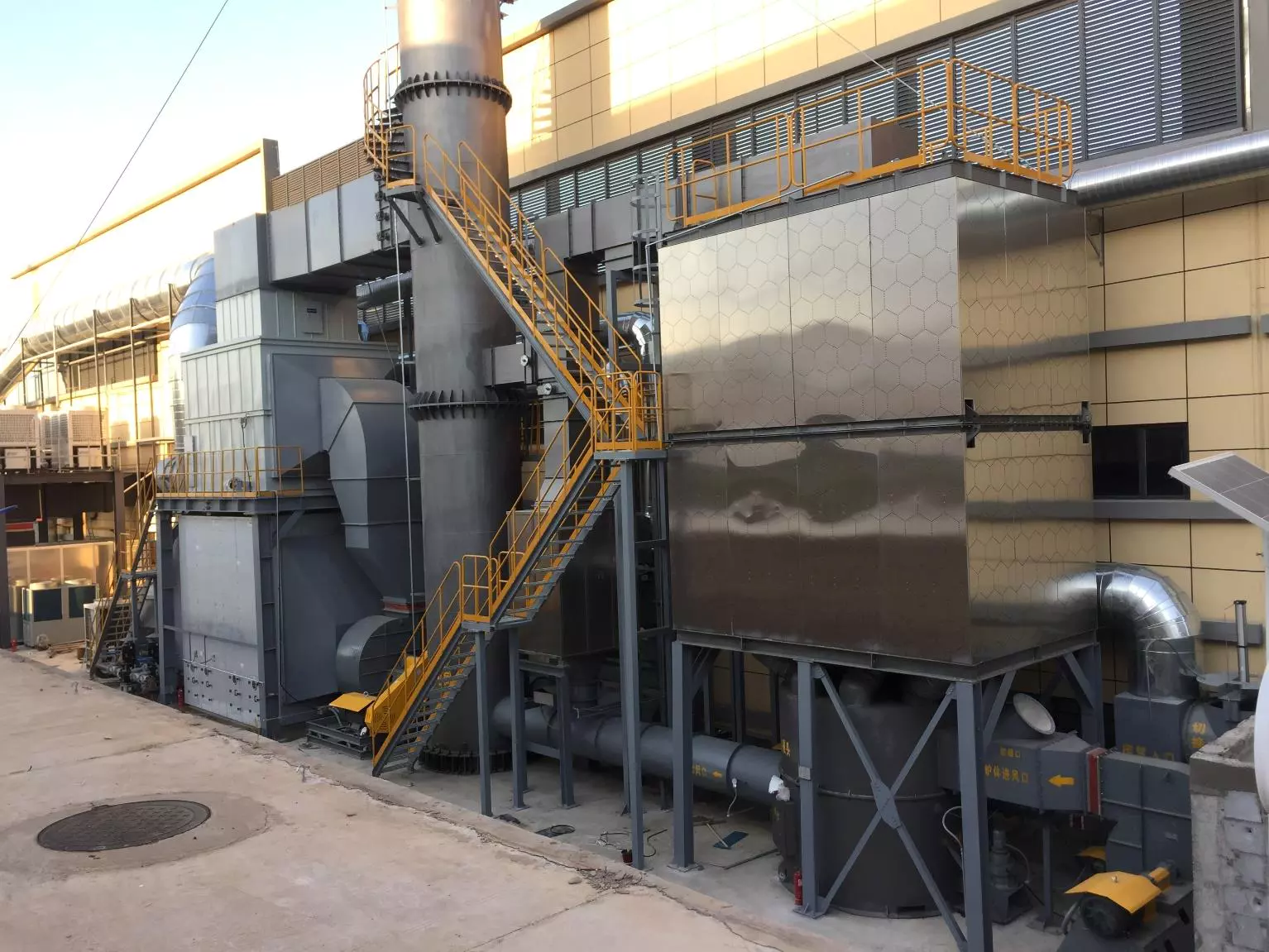What are the regulations for using a recuperative thermal oxidizer?
Introduction
Recuperative thermal oxidizers are widely used to eliminate pollutants from industrial processes. They are a type of air pollution control equipment that uses heat to break down hazardous gases into harmless substances. However, the use of recuperative thermal oxidizers is subject to regulations to ensure their safe and effective operation. This article outlines the regulations for using recuperative thermal oxidizers.
Regulatory requirements for installing a recuperative thermal oxidizer
When installing a recuperative thermal oxidizer, several regulatory requirements must be met. These requirements include obtaining a permit from the relevant regulatory agency, designing and installing the equipment according to the manufacturer’s guidelines and industry standards, and conducting regular inspections to ensure proper functioning.
Permitting requirements
Before installing a recuperative thermal oxidizer, an air pollution control permit must be obtained from the relevant regulatory authority. The permit application process typically involves providing detailed information about the equipment’s design, operation, and emissions. The permit is usually valid for a specific period, and the facility must comply with the conditions stated in the permit.
Design and installation requirements
Recuperative thermal oxidizers must be designed and installed according to the manufacturer’s specifications and industry standards. The equipment must be located in a well-ventilated area and installed in a way that allows easy access for routine maintenance and repairs. In addition, the equipment must be equipped with safety features such as automatic shut-off valves, pressure relief valves, and flame arrestors to prevent accidents.
Inspection requirements
Regular inspections of the recuperative thermal oxidizer must be conducted to ensure it is functioning correctly. Inspections may include visual inspections, air monitoring, and performance testing. Any issues identified during inspections must be addressed promptly to prevent emissions from exceeding regulatory limits.
Regulatory requirements for operating a recuperative thermal oxidizer
Once a recuperative thermal oxidizer has been installed, several regulatory requirements must be met to ensure its safe and effective operation. These requirements include maintaining proper recordkeeping, conducting regular maintenance, and monitoring emissions to ensure they meet regulatory standards.
Recordkeeping requirements
Facilities that use recuperative thermal oxidizers are required to maintain records of equipment maintenance, emissions data, and any deviations from permit conditions. The records must be kept for a specific period and made available to regulatory agencies upon request.
Maintenance requirements
Recuperative thermal oxidizers require regular maintenance to ensure they are functioning correctly. Maintenance activities may include cleaning, replacing damaged parts, and testing safety features. Facilities must follow the manufacturer’s recommended maintenance schedule and keep a record of all maintenance activities.
Emissions monitoring requirements
Facilities that use recuperative thermal oxidizers must monitor emissions to ensure they meet regulatory standards. Emissions monitoring may involve using continuous emission monitoring systems or periodic stack testing. Any deviations from permit conditions must be addressed promptly.
Заключение
Recuperative thermal oxidizers are essential equipment for controlling air pollution in industrial processes. However, their use is subject to regulatory requirements to ensure their safe and effective operation. Facilities that use recuperative thermal oxidizers must comply with permitting, installation, operating, and monitoring requirements to avoid penalties and ensure the equipment’s continued operation.
Представяне на компанията
We are a high-tech manufacturing enterprise specializing in comprehensive management of volatile organic compounds (VOCs) exhaust and carbon reduction energy-saving technology. Our company has four core technologies: thermal energy, combustion, sealing, and automatic control. We have the capability for temperature field simulation, airflow field simulation modeling, ceramic heat storage material performance, molecular sieve adsorption material selection, and VOCs high-temperature incineration oxidation experimental testing.
Предимства на отбора
Our company has an RTO technology research and development center and waste gas carbon reduction engineering technology center in Xi’an, as well as a 30,000©O production base in Yangling. We are a leading manufacturer of RTO equipment and zeolite molecular sieve rotary equipment worldwide. Our core technical team comes from the Liquid Rocket Engine Research Institute of Aerospace No.6 Research Institute. We currently have over 360 employees, including more than 60 R&D technical backbone members, including 3 senior engineers with researcher-level qualifications, 6 senior engineers, and 117 thermodynamics Ph.D. holders.
Основни продукти
Our core products include the Rotary Valve-type Thermal Oxidizer (RTO) and zeolite molecular sieve adsorption concentration wheel. Combined with our expertise in environmental protection and thermal energy system engineering, we can provide customers with comprehensive solutions for industrial exhaust gas treatment, carbon reduction, and thermal energy utilization for various operating conditions.
Certifications, Patents, and Honors
- Сертификация на системата за управление на интелектуалната собственост
- Сертифициране на системата за управление на качеството
- Сертифициране на системата за управление на околната среда
- Квалификация на предприятието в строителната индустрия
- Високотехнологично предприятие
- Patent for Rotary Valve-type Thermal Oxidizer
- Patent for Rotary Zeolite Heat Storage Incineration Equipment
- Патент за дисково зеолитно въртящо се колело

Избор на правилното RTO оборудване
- Identify exhaust gas characteristics
- Understand local regulations and emission standards
- Evaluate energy efficiency
- Consider operation and maintenance
- Conduct budget and cost analysis
- Select the appropriate type of RTO
- Consider environmental and safety aspects
- Perform performance testing and verification

Процес на обслужване
- Consultation and assessment:
- Preliminary consultation
- On-site inspection
- Requirements analysis
- Design and solution development:
- Solution design
- Simulation and modeling
- Solution review
- Production and manufacturing:
- Customized production
- Quality control
- Factory testing
- Installation and commissioning:
- On-site installation
- Commissioning and operation
- Training services
- After-sales support:
- Regular maintenance
- Technical support
- Spare parts supply
We are a one-stop solution provider with a professional team dedicated to customizing RTO solutions for our customers.

Автор: Мия
